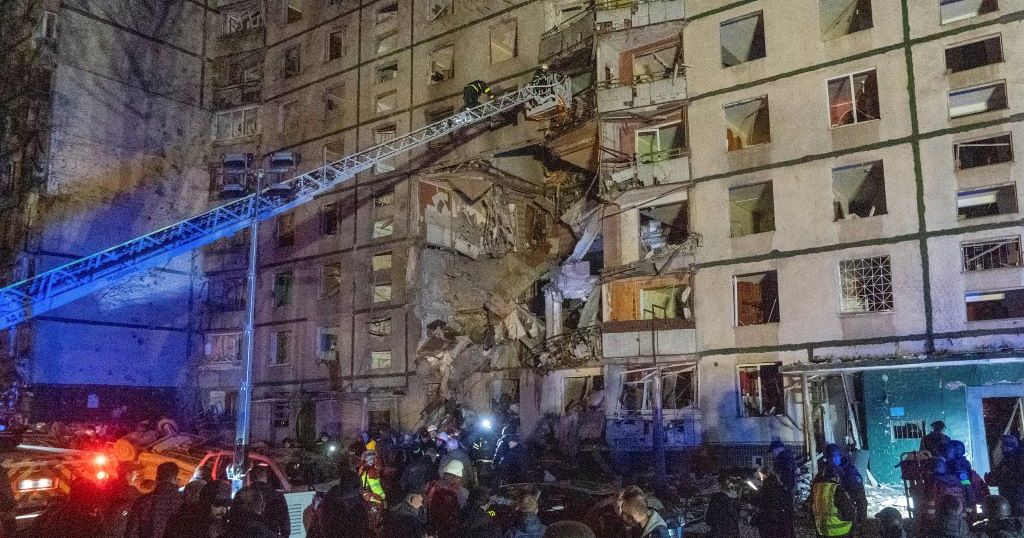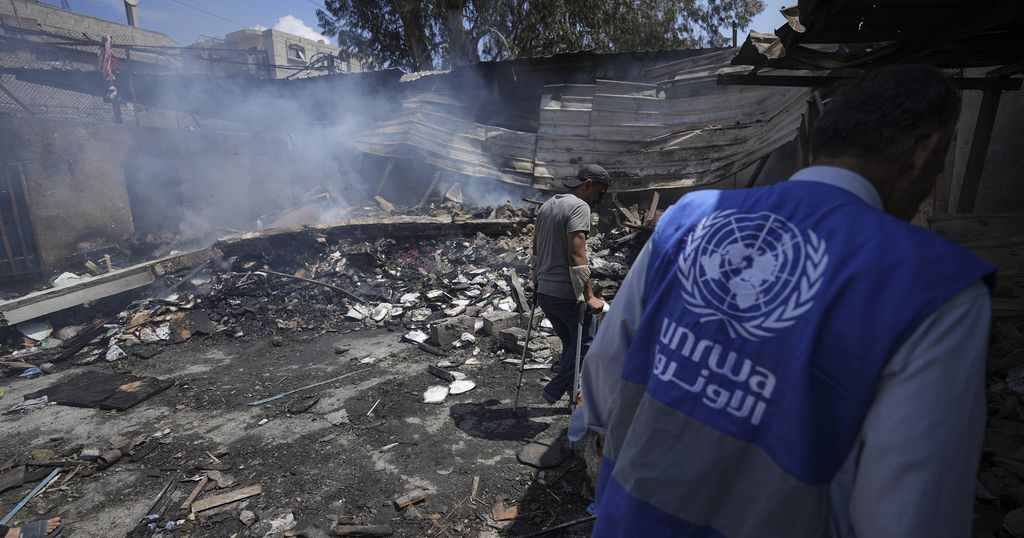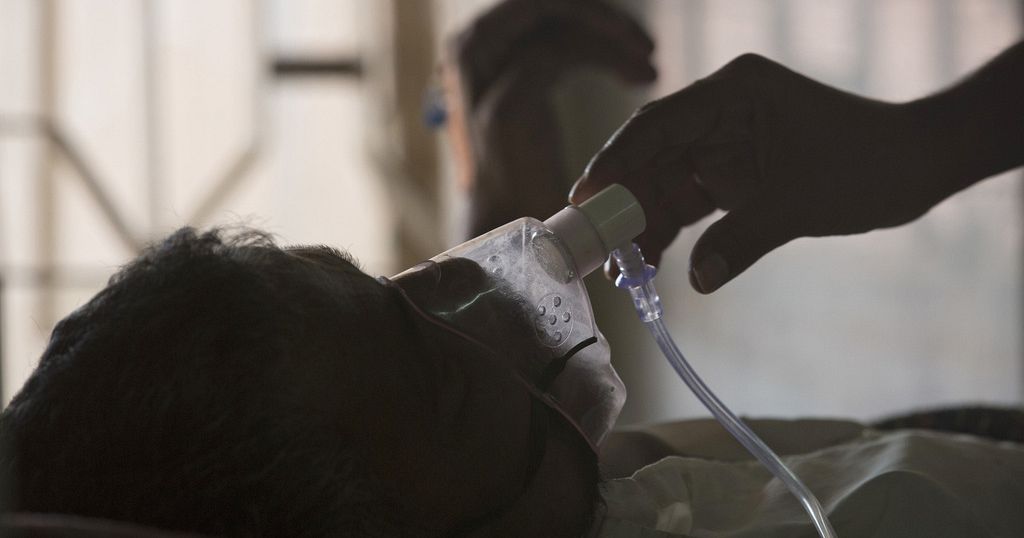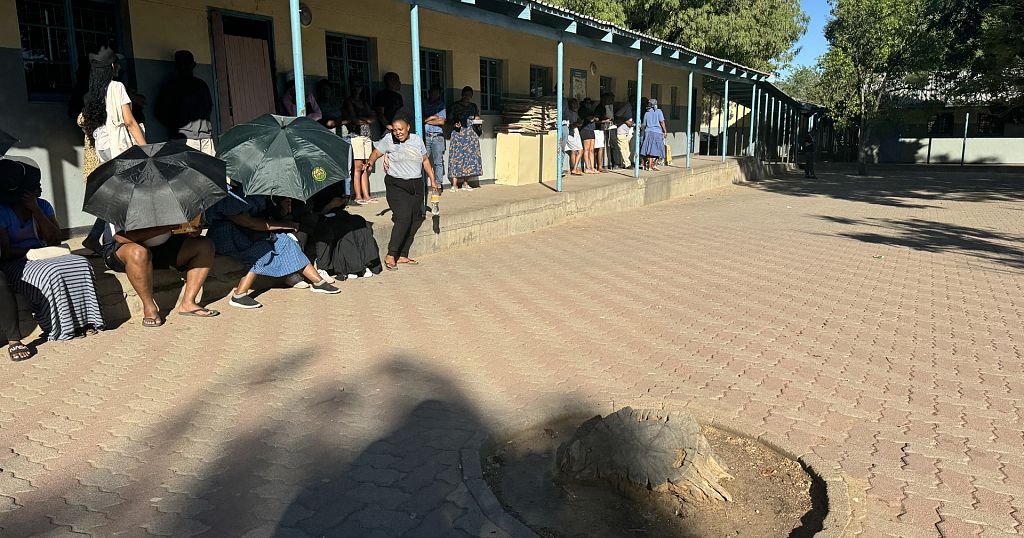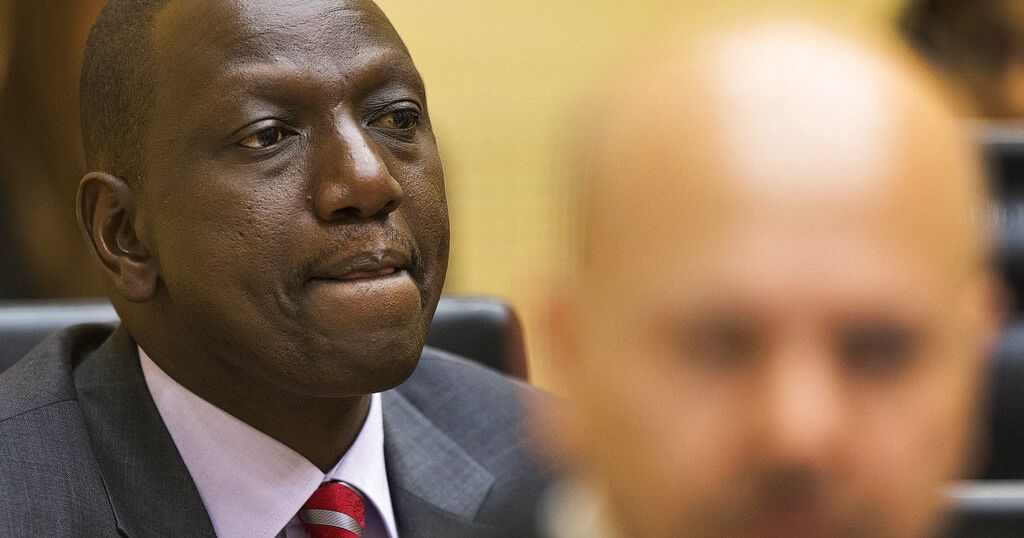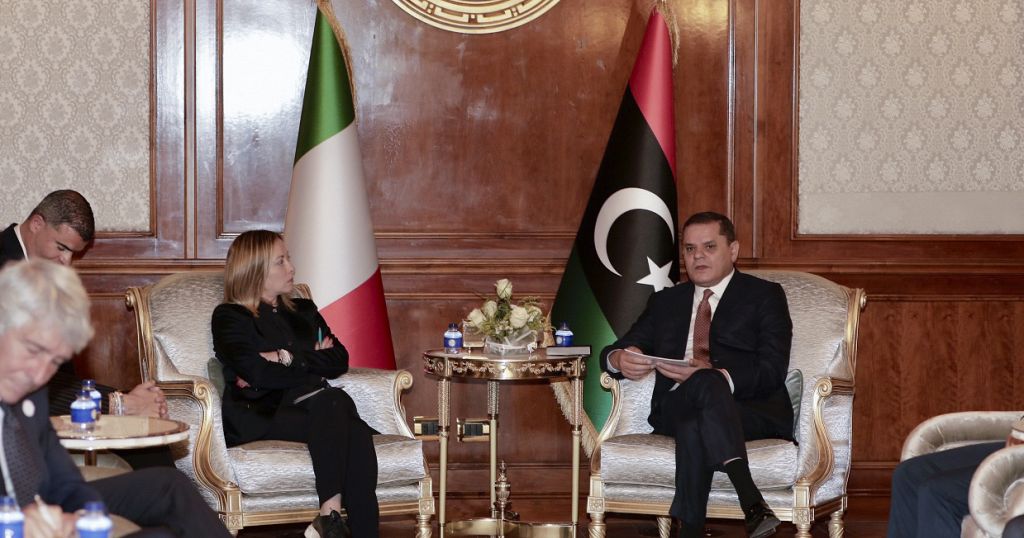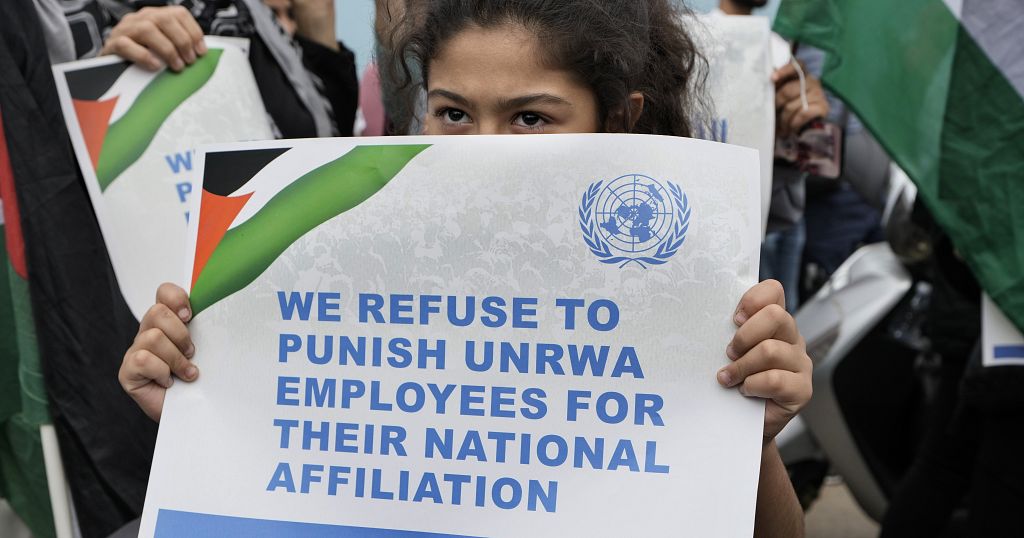Kenyan scientists test AI app to diagnose tuberculosis
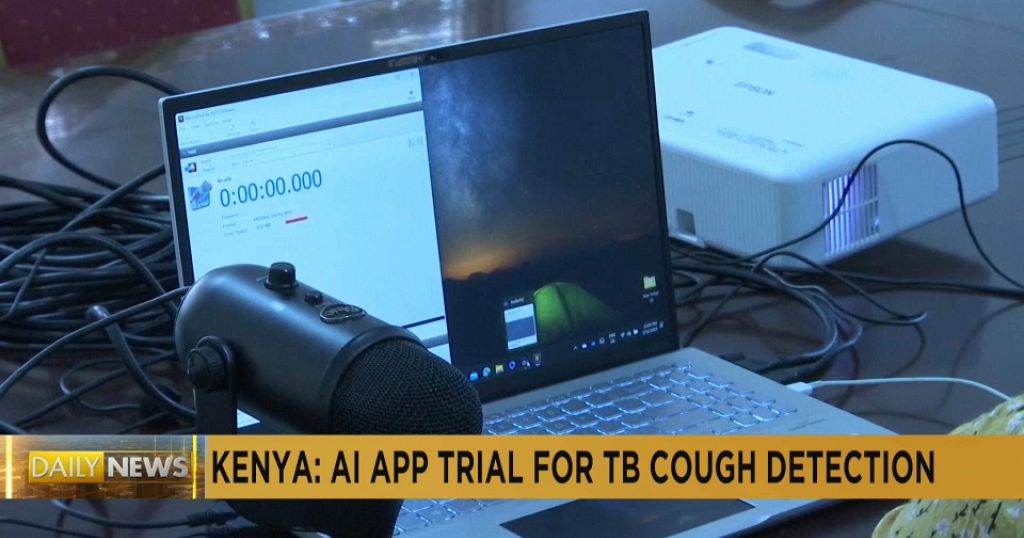
At the Kenya Medical Research Institute research is underway to create a mobile phone application which uses AI to diagnose tuberculosis and other respiratory diseases.
In a specially contained quiet room Dr Videlis Nduba and his team record coughs from people with respiratory diseases like tuberculosis as well as people without disease.
The aim is create software which can differentiate between the two and make a mobile phone application which can accurately recognise a cough connected to TB and other serious diseases.
Natural or forced coughs are collected using three microphones, including a cheap version, a high definition one and a microphone on a smartphone.
The results are sent to the University of Washington which puts them through an existing computer software system called ResNet 18.
Nduba the principal researcher explains: “This software kind of uses artificial intelligence and what it does is, it tries to analyse the coughs, we call them the cough spectral grams and then it regresses them. So it is a mathematical way of modelling the cough image to determine whether there is a difference between someone with TB when they cough and someone without TB when they cough.”
Nduba believes that if the software can be proven in trials to perform accurately, it can shorten the time before a patient can get a diagnosis and treatment and that will help curb the spread of TB.
“The biggest achievement is reduced time to diagnosis. So, from when someone develops TB symptoms, to when a doctor determines they have TB and they need treatment sometimes the average can run from 3 to 2 months to one year. And when they are in the community they are infectious and they are transmitting TB. The moment they get a cough, if you can just expose them to this software and determine this is TB would reduce TB transmission in the community and a lot of TB is due to transmission,” he says.
But the software is not yet accurate enough to meet the standard required by the World Health Organisation.
The WHO says the application must be at least 90% accurate in recognising a TB infection and it must be at least 80% accurate at detecting if no infection exists.
Nduba’s trials so far have shown 80% accuracy at detecting TB and 70% accuracy for detecting there is no TB.
“The WHO would like a test that may have the 90% capacity to detect a disease like tuberculosis and have more than an 80% chance saying this is not TB when it is not TB. So, our software so far has demonstrated over 80% test compared to 90%, we are not far we just need to fine tune it. And it has shown 70% prediction that there is not TB when there is no TB again very close to the 80% WHO target product profile,” he says.
Former TB patient Johnson Munori is taking part in the research.
He has been treated and is no longer infectious, but he returns to the clinic for check ups.
Munori didn’t realise he had TB until he was diagnosed by a doctor who asked him to take part in the research programme.
He believes the app would be helpful.
“Before I did not know that I had TB until when I came for the screening, that is when I was diagnosed that I have TB and then I came and was told that there is a new technology which we could use to diagnose TB through cough recording. I did that and they confirmed my status and I started on medication. I have taken the medication and I have finished. It is a very convenient technology; new technology which I think will help a lot of people.”
Jarim Omogi is a specialist in public health at Amref International University.
He says the use of AI in medicine is growing.
“As much as we will use AI in diagnosis of this, yes it is very possible. It’s not only possible it is being used currently as we speak by healthcare professionals where they are, the chat GPTs they are being used currently for diagnosis. Therefore what will happen with such technology is that they are going to help because remember in the medical field there are what we call what people need to follow in terms of treatment and therefore the AI and all these applications is basically to activate and help more so in confirmation and two in real time data. So that the patient on the other side can be helped fast and possible. Let’s not look at it as diagnosis. Let’s look at how much time does it take for the patient on the other side to be assisted. How cost effective is it? How fast is it? How cheap is it? That is the benefit of such and therefore yes it can be used.”
The trial has been funded by the National Institutes of Health, but it has not yet received any regulatory approval.
Source: Africanews


